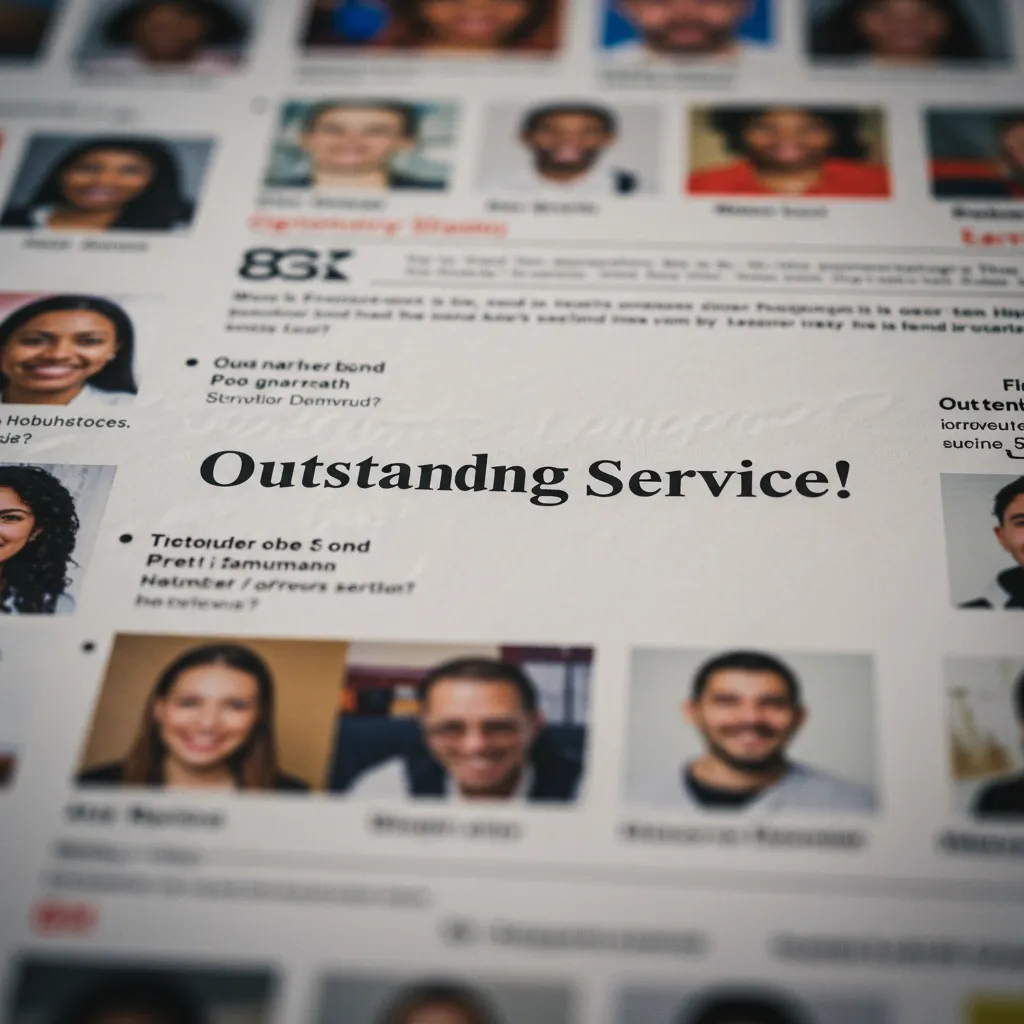
Strategic Communications Gets You Authority.
Social Media Gets You Followers. Strategic Communications Gets You Authority. Here’s the Difference.
You've done everything right on social media. You've built a beautiful feed, you've grown your follower count, and you have a community that loves what you do. So why do you still feel like you're on the outside looking in? Why aren't major retailers calling? Why aren't investors taking you seriously?
It is one of the most common frustrations for founders today. Many believe that a strong social media presence is the same as having a powerful brand. It is not.
While both are important, they serve fundamentally different functions. Confusing them is a major roadblock to your brand's growth. Let's clear this up once and for all.
Social Media is the Conversation You Own
Think of your social media channels as your home turf. It is your direct line to your community. You control the message, the timing, and the content. It is a fantastic tool for building a following, engaging with your most loyal customers, and showcasing your brand's personality day in and day out.
Its primary strength is in nurturing the audience you already have and attracting new followers who are drawn to your vibe. It is essential. But it has one major limitation: everyone knows you are the one doing the talking. It is inherently biased.
Strategic Communications is the Validation You Earn
Strategic Communications, or PR, is what other trusted, credible sources say about you when you're not in the room.
It is a feature in Forbes. It is a positive review from a respected industry blogger. It is a segment on a national TV show like The Today Show. You do not control the final message, and that is precisely why it is so powerful. This "earned media" provides a layer of third-party credibility that you simply cannot buy or create on your own.
Here is the key difference: Your social media tells people you are great. A feature in a trusted publication proves it to them.
Take our client NATPAT. They had a great product and a growing community. But when we helped them land features on Good Morning America and The Today Show, it changed everything. That national validation provided a "trust halo" that social media alone could never achieve. It is what made major retailers take notice and turned them into a household name.
The Flywheel: How to Make Them Work Together
The most successful brands do not choose between social media and PR. They integrate them, creating a powerful "flywheel" where each channel makes the other more effective.
It is a simple, three-step process:
Land the Win: Use strategic PR to secure a powerful piece of earned media.
Merchandise the Win: Take that single feature and turn it into a dozen pieces of social media content. Create quote graphics, behind-the-scenes posts, "As Seen In..." banners, and run ads leveraging the publication's logo for credibility.
Leverage the Win: Use that new, amplified authority to pitch for even bigger media opportunities.
This is how you turn one feature in a major outlet into a sustained campaign that builds compounding authority.
A Quick Gut-Check: Do You Have Followers or Authority?
If a major retail buyer looked at your brand today, would they see a popular social account, or would they see a brand that is validated by credible, third-party media?
Is your sales team using "As Seen In..." logos in their pitch decks to build trust?
If you had to stop posting on social media for a month, would your brand's credibility still be growing?
If you have built a strong following but are still struggling to gain that next level of authority and trust, it is likely because you are missing the validation that strategic communications provides. Your social media is your megaphone. PR is the powerful, credible message you broadcast through it.
